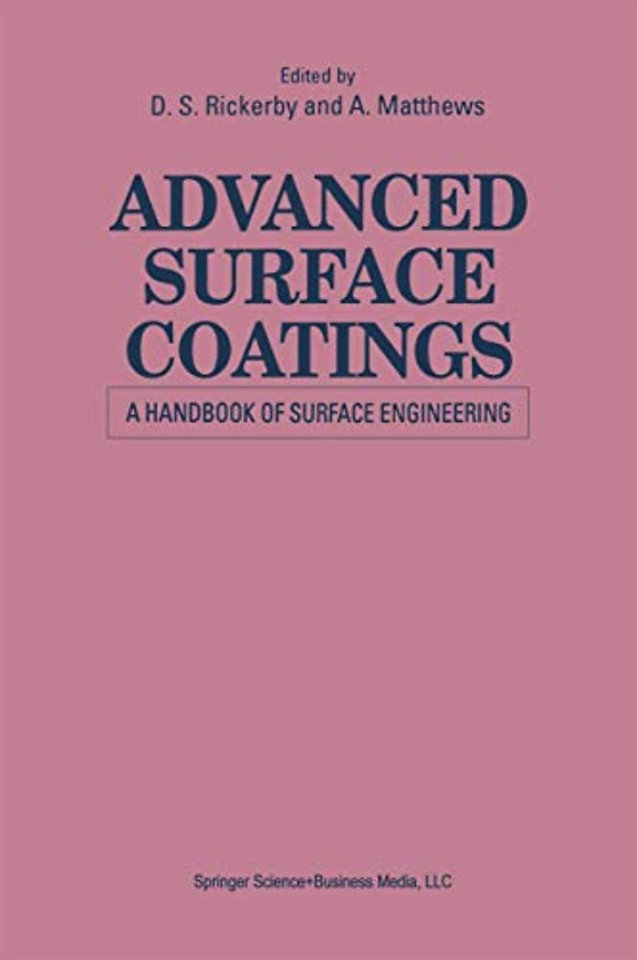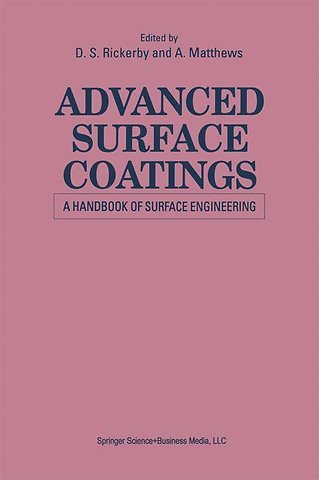Advanced Surface Coatings: a Handbook of Surface Engineering
Paperback Engels 2012 1991e druk 9789401053525Samenvatting
The past decade has seen a rapid development in the range of techniques which are available to modify the surfaces of engineering components. This in tum has led to the emergence of the new field of surface engineering the design of a composite system (coating plus substrate) that produces a performance which cannot be achieved by either the coating or substrate alone. With this expansion comes the problem of deciding on the correct surfacing technology for a given application. Clearly, to take full advantage of the benefits which surface engineering offers, there is a need to explain, in a structured way, the basic features and interrelationships of the most recently developed coatings and treatments. Advanced Surface Coatings satisfies this need by providing a concise and authoritative state-of-the art review of surface engineering. In chapter 1 the reader is provided with an insight into the surfacing technology appropriate for a given function. Chapter 2 reviews the principles of plasma generation (a theme which is central to many of the advanced surface treatments and coatings) and forms a solid foundation for the chap ters which follow. Chapters 3 to 10 each discuss the general principles on which the technology is based, followed by an appreciation of specific properties and application areas for materials treated by each particular method. These chapters cover ion implantation, ion-assisted coatings, evaporation, sputtering, physical vapour deposition, chemical vapour deposi tion, thermal spraying, and laser treatments.
Specificaties
Lezersrecensies
Inhoudsopgave
Rubrieken
- advisering
- algemeen management
- coaching en trainen
- communicatie en media
- economie
- financieel management
- inkoop en logistiek
- internet en social media
- it-management / ict
- juridisch
- leiderschap
- marketing
- mens en maatschappij
- non-profit
- ondernemen
- organisatiekunde
- personal finance
- personeelsmanagement
- persoonlijke effectiviteit
- projectmanagement
- psychologie
- reclame en verkoop
- strategisch management
- verandermanagement
- werk en loopbaan

